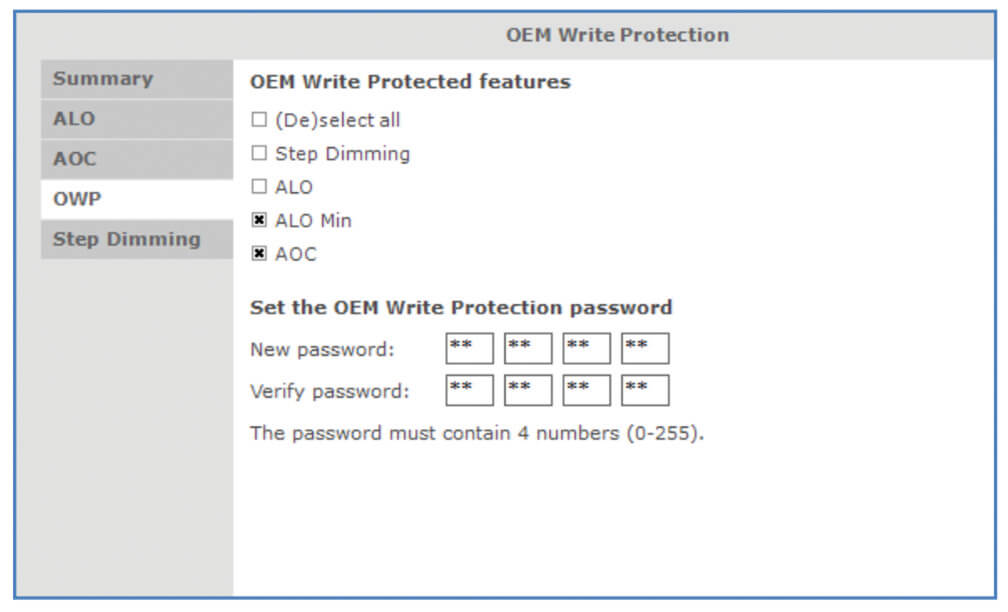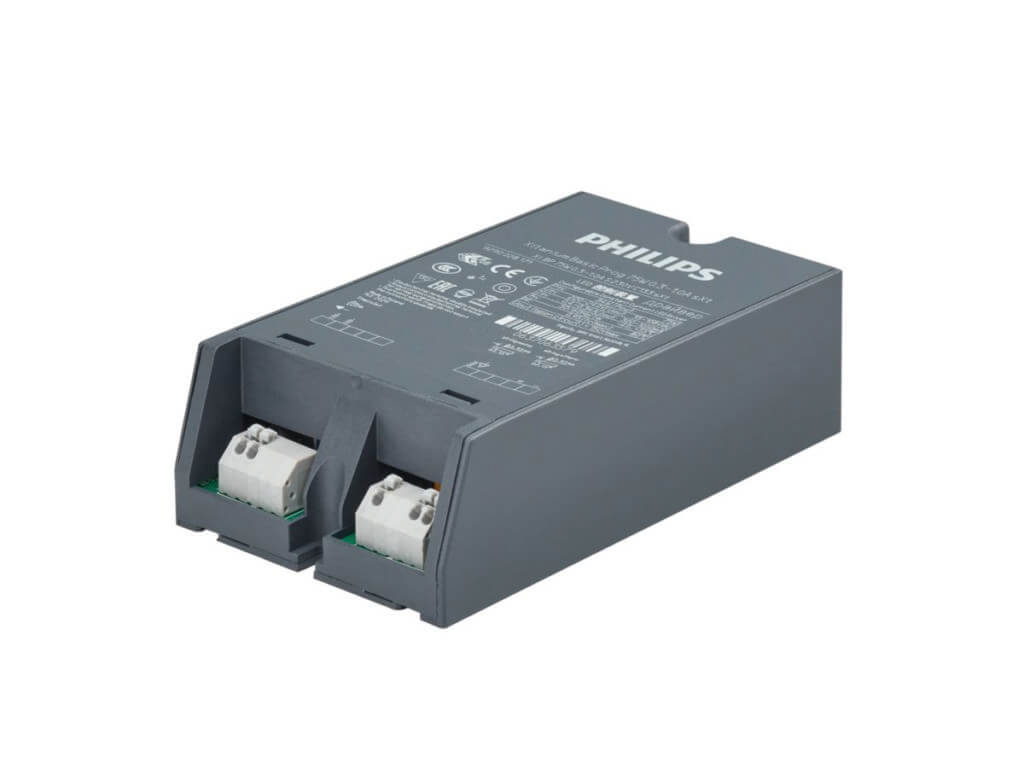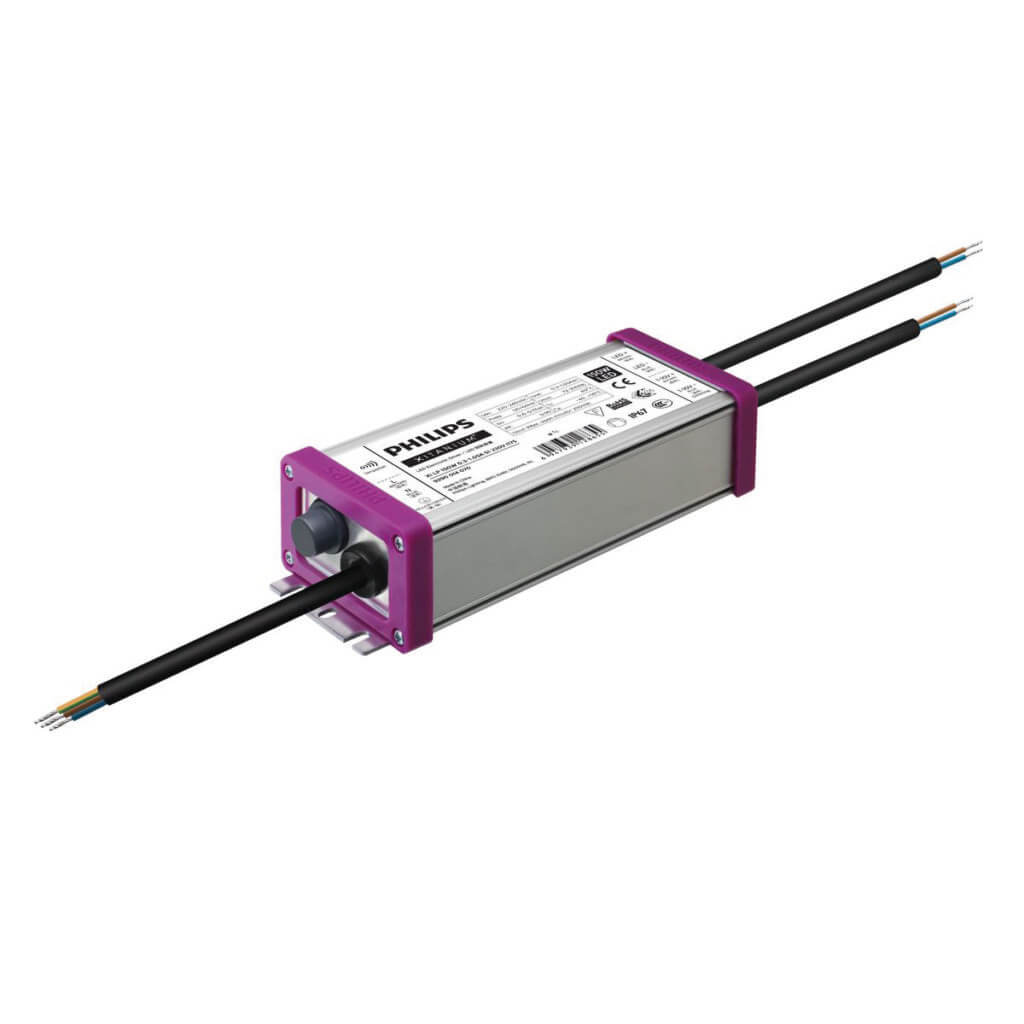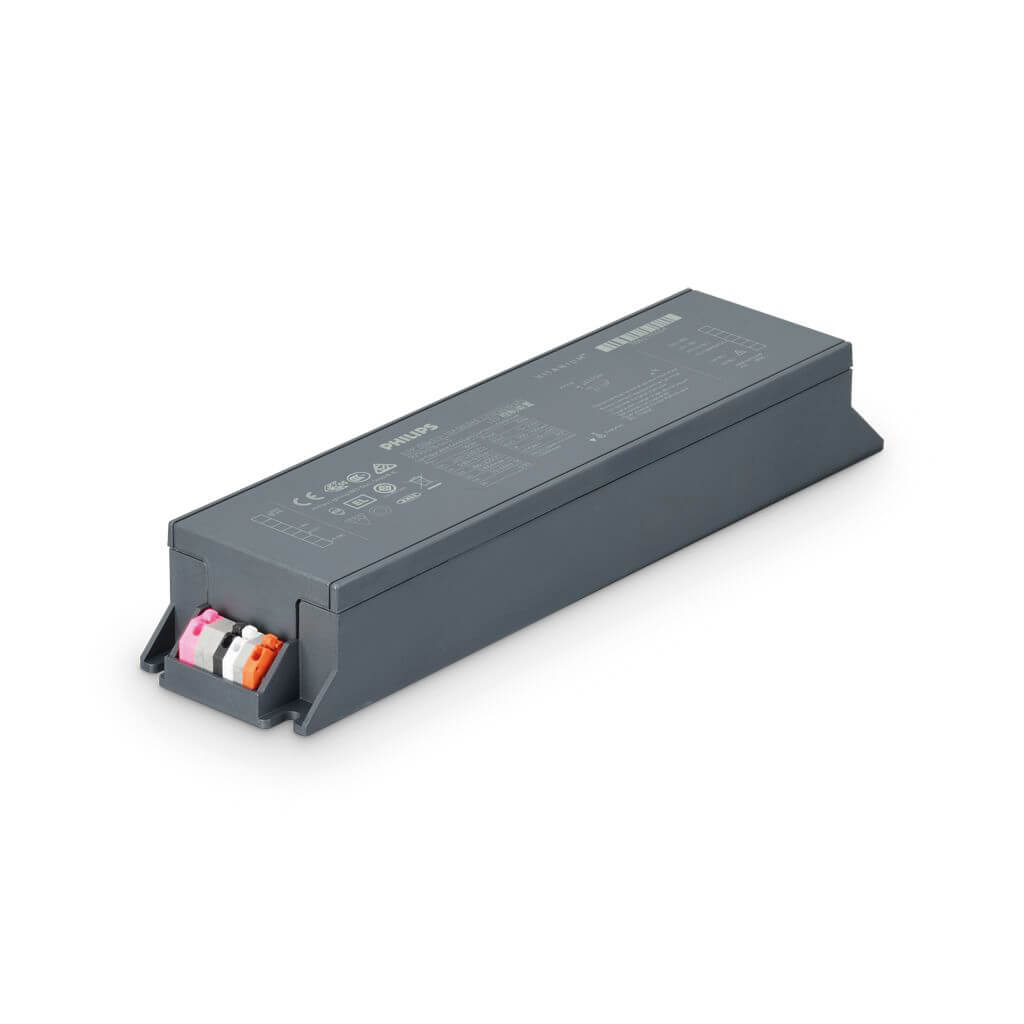As the demands in today’s lighting solutions as well as the variety of solutions have increased, different alternatives have been developed. In order to allow the manufacturers to respond to these varying demands, many new features and functions are being offered with recent technological developments. LED drivers, which are one of the most important elements of the lighting industry, are at the heart of these advanced features. Philips, which we have been working as a partner for about four years, offers many features focused on healthy light flow, safety and cost effectiveness to both the manufacturers and end users. It aims to eliminate the costs that may occur on the manufacturer’s side by minimizing the disadvantages that may occur during and after manufacturing. In this article, we will examine what kind of convenience these features offer to us. Philips has drivers of different types and specifications. Philips Xitanium series drivers are widely used in road, street, tunnel lighting, as well as industrial plant lighting. They offer three different models based on the scope of the features they offer. Each model has different Watt values.
Xİ FP Xİ LP Xİ BP

The codes of the Philips Xitanium series drivers are
classified as follows based on the characteristics they have.
Xi FP: Full Prog
Xi LP: Lite Prog
Xi BP: Basic Prog
SimpleSet
Philips Xitanium drivers feature wireless programming technology without the need for any electrical connection with an NFC device with a Multione interface. Once all the features are setup, you can program multiple drivers in seconds without the need to set them up again. All the settings can also be changed after the driver is put into service.
Adjustable Output Current (AOC)
You can use the Philips Xitanium series drivers with wide current flow range by programming them to the desired values within this range. This will not only provide convenience when selecting the LED modules but also allow you to reach the Watt values requested by end users easily. And this will reduce your inventory management costs, since you will not need to keep a driver inventory with different
current values.
LED Module Temperature Protection (MTP)
We can ship the manufactured fixtures to different regions, or they can be used in areas where the ambient temperatures are highly different from each other. If the coolers and containers are insufficient in areas where the ambient temperature is high, the driver will switch to protection mode when the LED module reaches the temperature programmed by the NTC resistor that we will install on it and will not output any value. In this way, you will be able to maintain the service life of the LEDs and prevent possible malfunctions.
Driver Temperature Limit (DTL)
Similar but an alternative to MTP, this is a feature that can be used to prevent our products from being affected by severe temperature conditions. This feature detects the temperature via the NTC installed in the driver and protects itself. You only have to enter the desired temperature value into the driver using the programming device.

Dimming Interfaces
There are different options for adjusting the light
intensity.
DALI
1-10V
LineSwitch
Mains İnput
Digital Addressable Lighting Interface (DALI)
DALI, which stands for Digital Addressable Lighting Interface, can exchange signals in two directions.
In this way, it makes remote fixture control possible and allows you to manage multiple fixtures from a single point. This makes it possible to send ON, OFF and DIMM signals to the desired fixture.
Constant Light Output (CLO)
In traditional light sources and many LED fixtures, efficiency decreases over time and lumen values
decrease. Previously, higher lumen values were set so that the light provided by the fixture would not be insufficient after the lumen values decrease. This increased both the initial production and usage costs. Philips Xitanium series drivers, on the other hand, make some corrections on the output values by calculating the service life based on the operating time to prevent lumen decrease and inefficiency. This allows us to reach the same light values from the very beginning.

OEM Write Protection (OWP)
The Philips Xitanium series drivers can be protected with encryption to prevent unauthorized people from changing the features of the drivers. With the Multione interface, you can activate or deactivate this encryption function. In this way, you can prevent changing of the features externally and avoid possible adverse consequences that will deteriorate the fixture’s condition.
Driver Diagnostics
Philips Xitanium series drivers can store a lot of data. They can store the data such as the operating time, drive temperature, output current, input voltage, etc. in their nonvolatile memory, even after they malfunction. This data can be accessed via the Multione interface and the cause of the error/fault can be diagnosed.
Dynadimmer Working Principle
With the Philips Dynadimmer feature, you can set the ON and OFF times through programming. At this step, programming can be carried out with based on two different options as “time” and “location”. Time-based programming makes it difficult to get efficient results due to day-night differences between seasons. Locationbased programming via the Multione interface, on the other hand, will remove the effects of daynight differences. The driver can put forward or back as much ON-OFF operations as the day-night changes.
Thermal Guard
Philips Xitanium drivers do not exceed the tcmax temperature values. However, if the temperature values rise to a certain threshold due to negative effects such as a fixture case problem, ambient temperature etc. they gradually reduce the output current. When the temperature returns to normal, the output current will gradually return to the previous level point.






